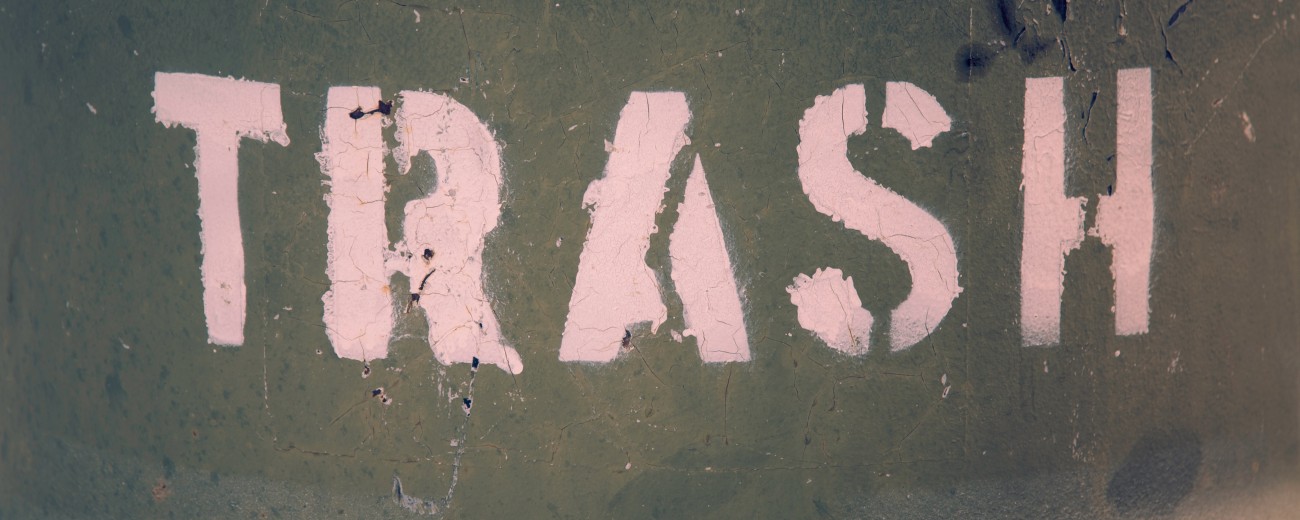It's not general rubbish!

The rising problem of used sharps disposal outside of traditional health care settings
Millions of people across the globe use sharps outside of health care facilities as a part of their daily routine. Many of these people require the use of sharps for ongoing medical conditions and others use them for recreational purposes.
The word ‘sharps’ is a medical term used for devices with sharp points or edges that can puncture or cut skin.[1]Individuals require the use of sharps for a range of reasons including managing allergies, arthritis, cancer, diabetes, hepatitis, HIV/AIDS, infertility, migraines, multiple sclerosis, osteoporosis, blood clotting disorders, psoriasis and recreational drug use.
Whatever the purpose, once the drug is administered, all users end up with a used ‘sharp’ as a bi-product that needs to be disposed of outside of a traditional medical setting. Often the location of use is at home, but the need for sharps use at work or in other public spaces is common enough and on these occasions, the individual is more likely to be without immediate access to proper safe sharps disposal facilities.
To give you an idea of the scale of home sharps use and the magnitude of the resulting problem, we provide some Australian and American statistics:
In Australia:
In one year, approximately 9 million patients who use syringes as part of their medication regimen administered at least 3 billion injections outside traditional health care facilities[2].
In 2015/16, 49.4 million needles and syringes were distributed[3].
Over the past ten years, the number of needles and syringes distributed increased by 48%, with a 31% increase over the past 5 years.
Per capita needle and syringe distribution among the population aged 15-64 years also increased over the past five years (from 2.7 syringes per annum in 2011/12 to 3.1 syringes per annum in 2015/16)[4].
In the USA:
A study in 2011 by the Coalition for Safe Community Needle Disposal indicates that:
5 million people in the United States are discarding 7.8 billion used needles outside the traditional healthcare setting.
The majority of these patients are managing their own healthcare by self-injecting medication at home.
In addition to this, the number of needles generated by illegal drug users increased 500,000 – from 1 million to 1.5 million in the past 10 years.
Based on this 10-year increase, the number of used needles generated in the United States has increased from 3 or 4 billion to 7.8 billion from 2001 to 2011 [5].
Sharps are a necessary part of the on-going healthcare of people all over the world. Many people dispose of their used sharps correctly and responsibly, negating possible damage and danger to others. However, a large proportion of users do not, either because they do not have the facilities, they do not understand why it is important, or simply just do not understand how to correctly dispose of them. This creates a serious hazard for the general public.
Patients that are unaware of safe disposal methods simply throw loose needles in the trash or flush them down the toilet. Such actions pose a risk of injury or potential infection to anyone who encounters the needles.
Despite the growing problems associated with improper disposal of household-generated needles, there are no consistent regulations or guidelines for safe disposal in almost all developing and third-world nations globally.
As a result many used needles find their way into general rubbish where they are a very real needlestick injury risk (NSI) to a variety of professionals and people including: fire-fighters, law-enforcement professionals, security professionals, waste and rubbish removal professionals, waste management and sorting professionals, council workers, gardeners and landscape artists, charity services professionals providing on-street clean-up services and the general public.
The spin off costs of NSI to the community has been well documented in many of our previous blogs. To re-cap quickly: recently[6] the World Health Organisation (WHO) stated that by 2020 they want every hospital and clinic to use only “smart syringes” that are designed so they reduce the risk of NSI. They rightly claim that the use of safety syringes would significantly reduce the spread of deadly blood-borne diseases.
When looking closer to home, it is estimated that in Australia there are 30 NSIs per 100 hospital beds per year and that at least 18,000 Australian healthcare professionals suffer from NSIs per year[7].
The cost of manufacturing each safety syringe per unit is more expensive than a traditional syringe, there’s no denying it. However, the whole-of-life- cost over the medium-term together with the ultimate long-term savings of the use of this technology must surely be taken into account to get a real view of the costs, savings and benefits.
These savings are estimated to be in the billions globally and include: the reduced need for the testing and treatment of people whom receive a NSI and are then infected with blood borne pathogens through this NSI; loss of work and productivity; the mental state and well being of the person infected and the personal cost of this; the risk of these people infecting others; and the general cost of safety to the wider community.
The costs of servicing sharps disposal outside of traditional healthcare settings has been less documented, but again it is a significant cost to those organisations that do bother to do the right thing and get rid of this hazardous waste.
The use of safety syringes in needle exchange programs and/or the provision of safety sharps for the on-going treatment of conditions like diabetes and arthritis would prevent many of these risks and problems and make redundant the need for sharps containers and their servicing. Therefore removing these costs and the risks that under-serviced sharps containers also pose.
It’s again another set of reasons in the argument for the mandated use of safety syringes and an emphatic black mark against the use of traditional syringes.
We have the technology, let’s use it!
About Numedico and the ClickZip ™ Needle Retractable Safety Syringe
Numedico Technologies is an Australian-based wholesaler of the ClickZip™ Needle Retractable Safety Syringe, the highest quality manual retractable needle injectable delivery system in the Asia-Western Pacific region. Its mission is to provide access to truly functional, practical and safe medical devices.
The ClickZip™ Needle Retractable Safety Syringe is a new and globally patented Swiss technology active, high quality needle with a retraction mechanism, thus preventing needlestick injury and syringe reuse.
It is one of the best safety syringes on the market today and is able to be manufactured at a fraction of the cost of many of its competitors.
Ideal and safe for many applications including: large-scale immunisation programmes; hospitals; and medical clinic applications.
For more information about Numedico and its safety medical devices please visit www.numedico.com.au.
How to dispose of a used needle safely [8]
If you find a discarded needle and syringe, follow this advice to protect yourself against a needlestick injury:
Do not be alarmed.
Get a rigid-walled, puncture resistant, plastic container with a well-secured lid, preferably screw top. Avoid using glass which can shatter, aluminium that can be squashed or frosted plastic that may not be puncture-proof.
Bring the container to the needle and syringe, and place on the ground next to the needle and syringe. Do not hold the container as you are putting the syringe in it.
Pick up the used needle and syringe by the blunt end, away from the point. Do not touch the sharp point.
Do not try to put the plastic protective cap back on a needle if it has been removed.
Put the needle and syringe, point first into the container. More than one needle and syringe can be placed in the container, but do not overfill. Do not carry the needle and syringe unless it is in a suitable container.
Make sure the container is tightly sealed.
Put the sealed container in a domestic rubbish bin. Do not put needles and syringes down toilets, in recycling bins or post boxes.
Tell children never to pick up a needle, but to let an adult know if they find one.
Do not dispose of loose needles and syringes directly into green waste collection bins, recycling bins, drains or toilets, or post boxes.
Articles and websites used in the writing of this blog
[1]https://www.fda.gov/MedicalDevices/ProductsandMedicalProcedures/HomeHealthandConsumer/ConsumerProducts/Sharps/default.htm
[2] https://safeneedledisposal.org/general-information/the-problem/
[3] https://kirby.unsw.edu.au/sites/default/files/kirby/report/NSP-NMDC_Report-2016.pdf
[4] https://kirby.unsw.edu.au/sites/default/files/kirby/report/NSP-NMDC_Report-2016.pdf
[5] http://www.hcmsgroup.com/wp-content/uploads/2012/02/Needle-Utilization-Statistics.pdf
[6] https://www.evernote.com/shard/s445/nl/76456195/4c24e7b1-c709-486c-930f-6066c5018a2e/
[7] https://www.mtaa.org.au/sites/default/files/uploaded-content/website-content/Sharpsv5.pdf
[8] http://healthywa.wa.gov.au/Articles/S_T/Safe-disposal-of-needles-and-syringes
Subscribe to Numedico News.




